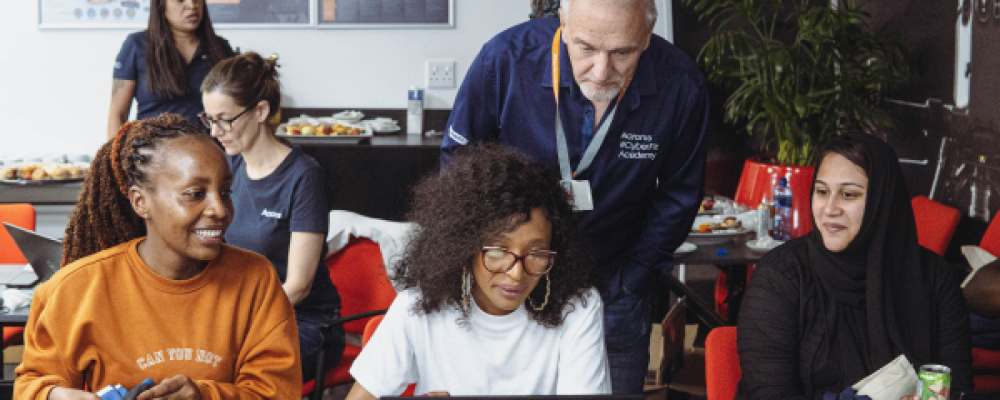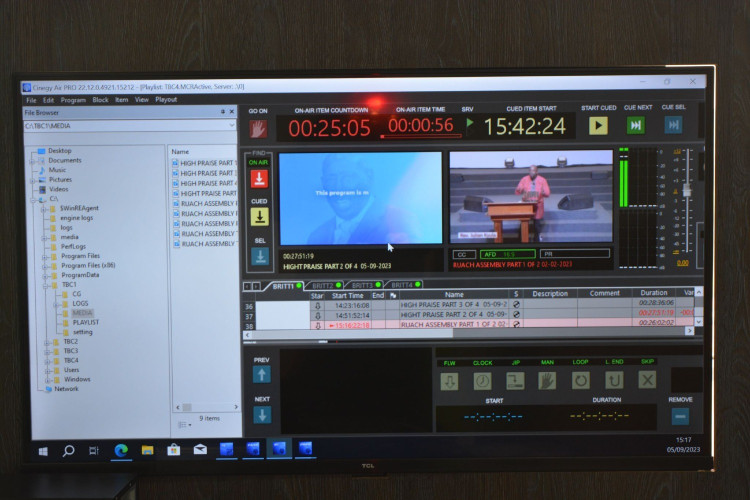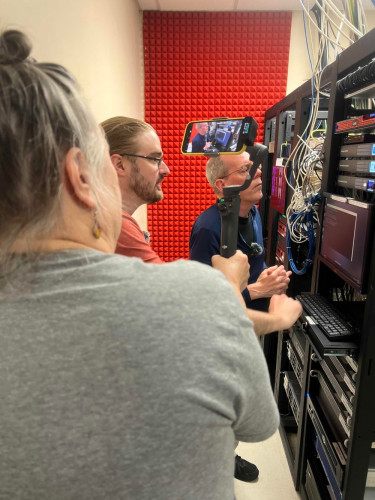Issue 84 - December 2013 The first of a new wave of local TV stations started broadcasting recently with Estuary TV launching from its base in Grimsby.
Over the next year, 19 new channels will launch across the UK funded by advertising, sponsorship and commercial agreements with the BBC will see a mix of local news, sport and culture. There have been many questions asked about the concept of local tv, how it works and what the future might hold. Here we spoke exclusively to Lia Nici, Executive Producer, from Estuary TV addressing the questions that readers have put forward.
What is the difference in local tv and community television?
I think that\'s just semantics really, I think people sometimes use \'community television\' as a derogatory term and imagine that local TV will be \'wobbly camera TV\' with just people\'s own videos being aired, rather than interesting and engaging local television programming. Some great television can be made in the province that is produced with a combination of local TV professionals and viewers who may not work in the media industry, but can produce great content. Everyone these days is very media savvy and that can make for some very watchable content and some very commercial brands coming to the fore.
So how about the annual budget to run a station such as Estuary TV?
That depends on the station. We have worked on a turnover of £250k-£350k. We are a very small area and we have planned cautiously, so this is just a starting point for us.
What determines this budget?
The programming plan and the costs associated with that and the expected income streams that come from that. A lot of research goes into the plan as to what people want to watch - that is central to everything really
Where does funding come from?
Our plan has a mix of income streams, commercial: advertising, sponsorship, product placement etc; media training working in partnership with our parent company, the Grimsby Institute. We also do some grant-funded work with TV and of course there is the start-up money from the BBC where we get paid for providing stories to them, which is currently a 3 year model.
How does the current stations output differ from what Estuary have been doing for the last 10 years or so?
We do news and current affairs and obviously our programmes relate to now, not 10 years ago! It\'s a totally different channel to years ago. One or two series have continued from cable onto Freeview, but that\'s because that\'s what the audiences wanted and they continue to be popular.
Weve heard that London Live will need around £15 million per year why the difference to a smaller region?
I can\'t answer for London Live, but every station, although part of the Local Television Network (LTVN), are separate companies, with different business models and varying audience reach. The whole point of local TV is that it will not be like regional TV working from a set pattern across the country, each will reflect their own areas and people.
Do you think it will take marketing budget away from community / local radio?
I don\'t think so, consumers use radio and television in very different ways and I think there is room in the market for local Tv without damaging radio budgets. We are certainly not in the market to try to take business away from anyone else in our sector. Our aim is to build creative and media employment, not damage it. There are a lot of companies out there that aren\'t advertising and we are getting lots of interest from people who have never considered advertising on any local platform before.
Is this Freeview or on satellite as well?
Freeview and YouView Channel 8, or channel 26 if you are in Wales or Scotland. There will also be Virgin 159 and for some stations also Sky 117, but some of that will be based on their own commercial plans. There may also be other broadcast platforms such as FreeSat. Many channels will also stream on the web and all will have catch up in some form. This is just the starting point, so it will develop over the next 3-5 years How do you monitor viewing numbers?
The LTVN are working together with audience research organisations to plan a local TV audience research system, so sometime in 2014 it will be possible to do. Obviously at a local level we do our own research too and we have based our current slot rates on independent research commissioned by Ofcom.
How many people does it take to run the station?
Again, that will differ from channel to channel. We have a core team of 8 here, but at any one time we probably have the same amount of freelancers working with us too. As the channel develops, we also aim to produce less of the output ourselves, so currently we have three independent production companies working on programming for the channel and we hope that will grow considerably.
What is the stations 3 year ambition?
More locally produced series across a wider range of genres and interests; joint working with other TV licences and perhaps even some network shows. We also want to support a growing media economy in our area, so more variety of companies to buy from or commission will be key. It would also be great to see those people working behind and in front of the Local TV cameras as new talent developing further, helping local TV go from strength to strength and to get some regional, national and international success too.
That would be a great position to be in by the end of year 3.



























